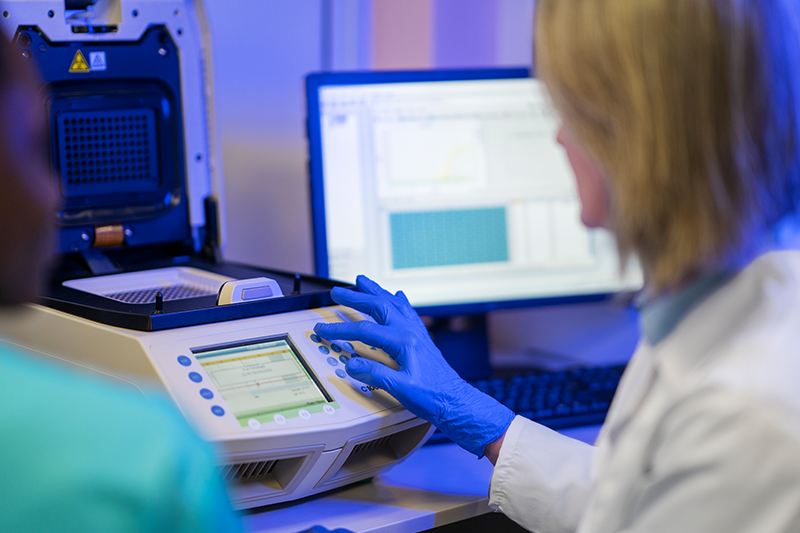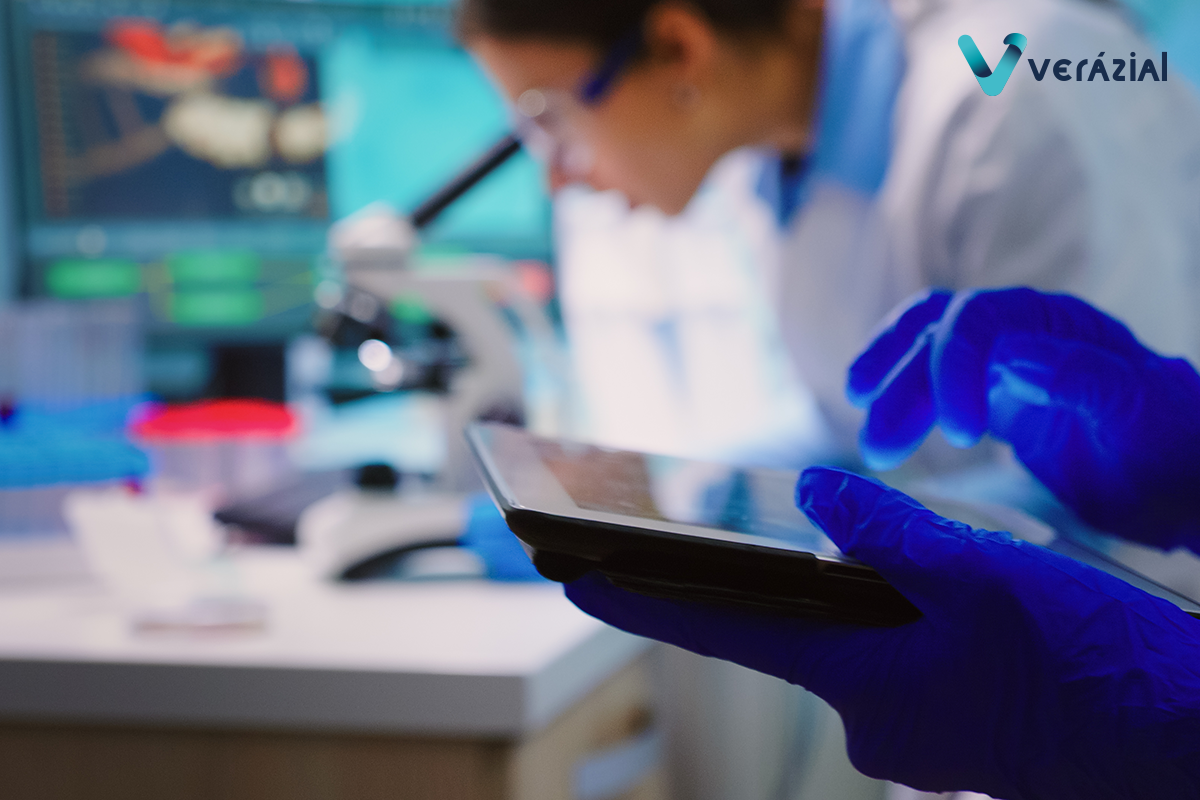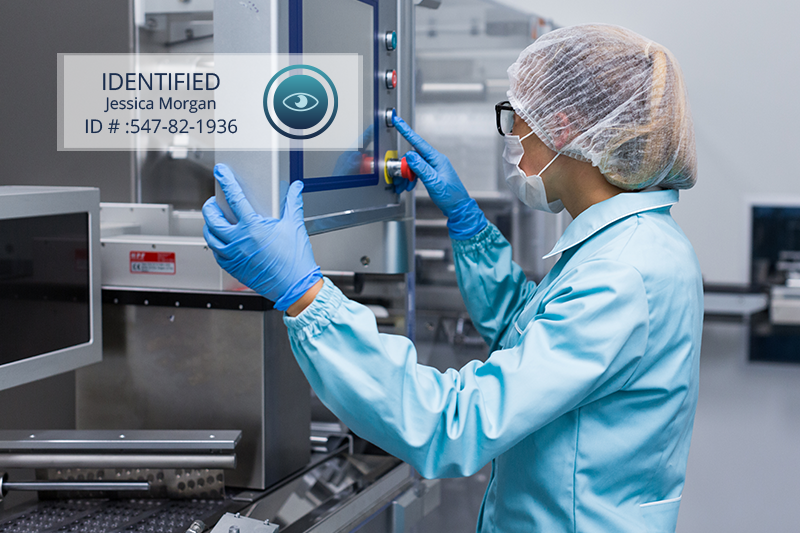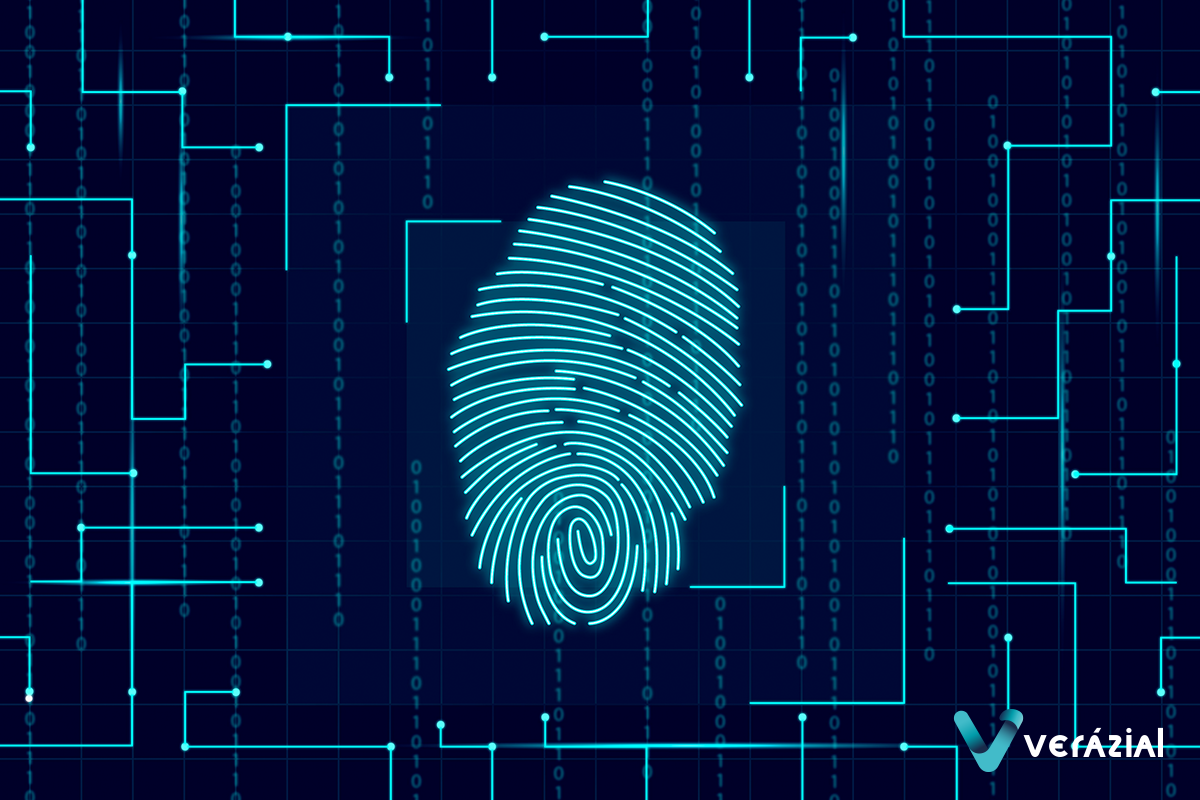Ensuring the integrity of data collected in clinical trial EDCs with biometric technology
Ensuring the integrity of data collected in clinical trials is essential and represents a critical step in the introduction of new drugs to the market. The implementation of biometric electronic signatures in Electronic Data Capture (EDCs) ensures their accuracy and reliability.
The pharmaceutical sector is one of the most regulated sectors worldwide, with the fundamental purpose of ensuring the safety and efficacy of medicines.
To achieve this goal, there are regulations known as GxP, that cover a range of good practices. These regulations include GMP (Good Manufacturing Practice), GCP (Good Clinical Practice), GLP (Good Laboratory Practice) and GDP (Good Distribution Practice). They all focus on ensuring that pharmaceutical products are manufactured under rigorous and consistent quality standards. In our article GxP environments and their relevance to the pharmaceutical industry you can learn more about each of these regulations.
Good Clinical Practices (GCP) represent a fundamental international standard that defines the ethical and scientific criteria necessary for the conduct of clinical trials involving human participation in the field of drugs.
This regulation covers all aspects of the clinical research process, from planning and design phase of the trial to the execution, monitoring, auditing, analysis and presentation of the results.
Data collection is fundamental in clinical research and constitutes one of the critical stages for the introduction of a new drug on the market, so the GCP specifies that the data obtained during clinical trials must be accurate and reliable. To this end, rigorous procedures are established to ensure the quality and integrity of the data collected.
Traditionally, data collection is carried out manually, i.e. with paper and pencil. However, the complexity and slowness of this method, which affects time and leads to potential errors, have prompted many pharmaceutical companies to adopt a digital format: Electronic Data Capture (EDC).
EDC is a software that enables more efficient and accurate data collection, providing pharmaceutical companies with instant access to up-to-date information, ensuring more accurate data and expediting the response to potential patient safety alerts. In addition, this practice improves efficiency in the administration of clinical trials and reduces the margin of error that may arise.
EDC Characteristics
- Data entry: Allow researchers to enter data in different formats, such as text, lists, or dates, through forms built into the system.
- Data export: Although not statistical tools, data can be exported for analysis outside of EDC.
- Inconsistency management: Systems should allow for the identification and recording of inconsistencies for subsequent investigation, correction or justification.
- Security and users: Data protection regulations or FDA 21 CFR Part 11 in the United States must be complied with, ensuring privacy and controlling access through usernames, passwords and possibly electronic signatures or biometric identification.
- Traceability: The EDC must have an Audit Trail that records all activities performed in the system, including who performed them and when, to ensure traceability of the information collected.
- Data validation: From data entry, the system must have controls in place to ensure the validity, integrity and traceability of information collected in clinical investigations.

How to ensure the integrity of the data recorded in the EDCs?
The solution is to implement a biometric electronic signature for the identification and recording of actions in the electronic data capture (EDC), thus ensuring the integrity of records in GxP regulated environments.
This technology not only facilitates use, eliminating the need for additional devices or the memorization of passwords for electronic signature, but also guarantees traceability of actions and data integrity, complying with the regulatory requirements of the pharmaceutical industry.
Biometrics uses unique characteristics of the human body for accurate and convenient employee identification, examples of these characteristics include fingerprints, face, voice and irises.
We invite you to read previous articles in our blog where we have addressed more on this topic:
Find out how Verázial ID Pharma can help you ensure the integrity of data collected throughout the drug manufacturing process.
Contact us for a demonstration and/or personalized study.
References
- Close to the scientist writing on a tablet while the team of biologists conducts biological research. [Freepik]
Ensuring the integrity of data collected in clinical trial EDCs with biometric technology
Ensuring the integrity of data collected in clinical trials is essential and represents a critical step in the introduction of new drugs to the market. The implementation of biometric electronic signatures in Electronic Data Capture (EDCs) ensures their accuracy and reliability.
The pharmaceutical sector is one of the most regulated sectors worldwide, with the fundamental purpose of ensuring the safety and efficacy of medicines.
To achieve this goal, there are regulations known as GxP, that cover a range of good practices. These regulations include GMP (Good Manufacturing Practice), GCP (Good Clinical Practice), GLP (Good Laboratory Practice) and GDP (Good Distribution Practice). They all focus on ensuring that pharmaceutical products are manufactured under rigorous and consistent quality standards. In our article GxP environments and their relevance to the pharmaceutical industry you can learn more about each of these regulations.
Good Clinical Practices (GCP) represent a fundamental international standard that defines the ethical and scientific criteria necessary for the conduct of clinical trials involving human participation in the field of drugs.
This regulation covers all aspects of the clinical research process, from planning and design phase of the trial to the execution, monitoring, auditing, analysis and presentation of the results.
Data collection is fundamental in clinical research and constitutes one of the critical stages for the introduction of a new drug on the market, so the GCP specifies that the data obtained during clinical trials must be accurate and reliable. To this end, rigorous procedures are established to ensure the quality and integrity of the data collected.
Traditionally, data collection is carried out manually, i.e. with paper and pencil. However, the complexity and slowness of this method, which affects time and leads to potential errors, have prompted many pharmaceutical companies to adopt a digital format: Electronic Data Capture (EDC).
EDC is a software that enables more efficient and accurate data collection, providing pharmaceutical companies with instant access to up-to-date information, ensuring more accurate data and expediting the response to potential patient safety alerts. In addition, this practice improves efficiency in the administration of clinical trials and reduces the margin of error that may arise.
EDC Characteristics
- Data entry: Allow researchers to enter data in different formats, such as text, lists, or dates, through forms built into the system.
- Data export: Although not statistical tools, data can be exported for analysis outside of EDC.
- Inconsistency management: Systems should allow for the identification and recording of inconsistencies for subsequent investigation, correction or justification.
- Security and users: Data protection regulations or FDA 21 CFR Part 11 in the United States must be complied with, ensuring privacy and controlling access through usernames, passwords and possibly electronic signatures or biometric identification.
- Traceability: The EDC must have an Audit Trail that records all activities performed in the system, including who performed them and when, to ensure traceability of the information collected.
- Data validation: From data entry, the system must have controls in place to ensure the validity, integrity and traceability of information collected in clinical investigations.

How to ensure the integrity of the data recorded in the EDCs?
The solution is to implement a biometric electronic signature for the identification and recording of actions in the electronic data capture (EDC), thus ensuring the integrity of records in GxP regulated environments.
This technology not only facilitates use, eliminating the need for additional devices or the memorization of passwords for electronic signature, but also guarantees traceability of actions and data integrity, complying with the regulatory requirements of the pharmaceutical industry.
Biometrics uses unique characteristics of the human body for accurate and convenient employee identification, examples of these characteristics include fingerprints, face, voice and irises.
We invite you to read previous articles in our blog where we have addressed more on this topic:
Find out how Verázial ID Pharma can help you ensure the integrity of data collected throughout the drug manufacturing process.
Contact us for a demonstration and/or personalized study.
References
- Close to the scientist writing on a tablet while the team of biologists conducts biological research. [Freepik]
Ensuring the integrity of data collected in clinical trial EDCs with biometric technology
Ensuring the integrity of data collected in clinical trials is essential and represents a critical step in the introduction of new drugs to the market. The implementation of biometric electronic signatures in Electronic Data Capture (EDCs) ensures their accuracy and reliability.
The pharmaceutical sector is one of the most regulated sectors worldwide, with the fundamental purpose of ensuring the safety and efficacy of medicines.
To achieve this goal, there are regulations known as GxP, that cover a range of good practices. These regulations include GMP (Good Manufacturing Practice), GCP (Good Clinical Practice), GLP (Good Laboratory Practice) and GDP (Good Distribution Practice). They all focus on ensuring that pharmaceutical products are manufactured under rigorous and consistent quality standards. In our article GxP environments and their relevance to the pharmaceutical industry you can learn more about each of these regulations.
Good Clinical Practices (GCP) represent a fundamental international standard that defines the ethical and scientific criteria necessary for the conduct of clinical trials involving human participation in the field of drugs.
This regulation covers all aspects of the clinical research process, from planning and design phase of the trial to the execution, monitoring, auditing, analysis and presentation of the results.
Data collection is fundamental in clinical research and constitutes one of the critical stages for the introduction of a new drug on the market, so the GCP specifies that the data obtained during clinical trials must be accurate and reliable. To this end, rigorous procedures are established to ensure the quality and integrity of the data collected.
Traditionally, data collection is carried out manually, i.e. with paper and pencil. However, the complexity and slowness of this method, which affects time and leads to potential errors, have prompted many pharmaceutical companies to adopt a digital format: Electronic Data Capture (EDC).
EDC is a software that enables more efficient and accurate data collection, providing pharmaceutical companies with instant access to up-to-date information, ensuring more accurate data and expediting the response to potential patient safety alerts. In addition, this practice improves efficiency in the administration of clinical trials and reduces the margin of error that may arise.
EDC Characteristics
- Data entry: Allow researchers to enter data in different formats, such as text, lists, or dates, through forms built into the system.
- Data export: Although not statistical tools, data can be exported for analysis outside of EDC.
- Inconsistency management: Systems should allow for the identification and recording of inconsistencies for subsequent investigation, correction or justification.
- Security and users: Data protection regulations or FDA 21 CFR Part 11 in the United States must be complied with, ensuring privacy and controlling access through usernames, passwords and possibly electronic signatures or biometric identification.
- Traceability: The EDC must have an Audit Trail that records all activities performed in the system, including who performed them and when, to ensure traceability of the information collected.
- Data validation: From data entry, the system must have controls in place to ensure the validity, integrity and traceability of information collected in clinical investigations.

How to ensure the integrity of the data recorded in the EDCs?
The solution is to implement a biometric electronic signature for the identification and recording of actions in the electronic data capture (EDC), thus ensuring the integrity of records in GxP regulated environments.
This technology not only facilitates use, eliminating the need for additional devices or the memorization of passwords for electronic signature, but also guarantees traceability of actions and data integrity, complying with the regulatory requirements of the pharmaceutical industry.
Biometrics uses unique characteristics of the human body for accurate and convenient employee identification, examples of these characteristics include fingerprints, face, voice and irises.
We invite you to read previous articles in our blog where we have addressed more on this topic:
Find out how Verázial ID Pharma can help you ensure the integrity of data collected throughout the drug manufacturing process.
Contact us for a demonstration and/or personalized study.
References
- Close to the scientist writing on a tablet while the team of biologists conducts biological research. [Freepik]
You May Also Like
You May Also Like





